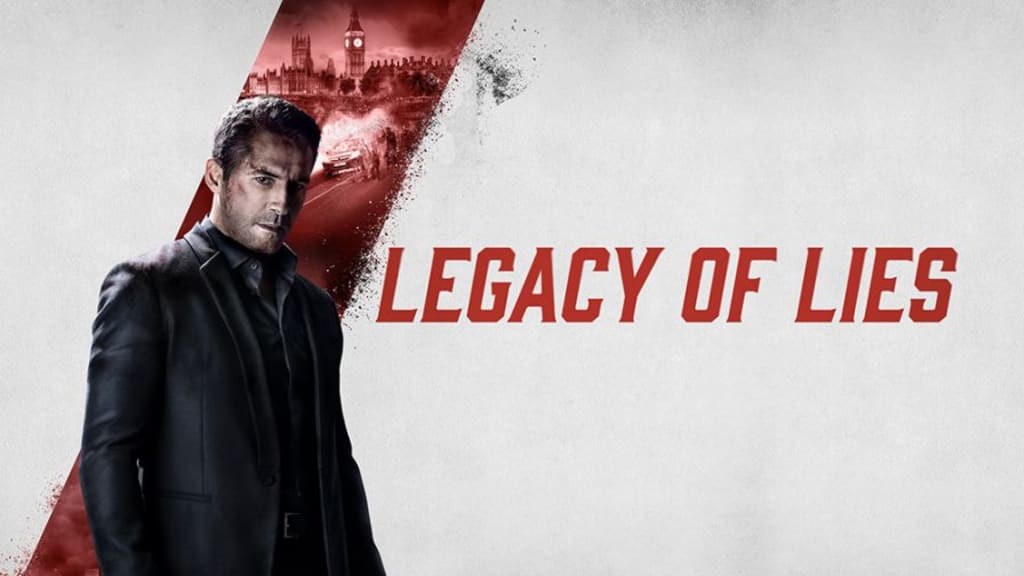Clash of the Titans (2010): A Mythological Spectacle Reimagined
Clash of the Titans, released in 2010 and directed by Louis Leterrier, is a modern reimagining of the 1981 cult classic that brings ancient Greek mythology to the big screen with a blend of CGI-driven spectacle and gritty action. Starring Sam Worthington as the demigod hero Perseus, the film attempts to combine classical storytelling with blockbuster energy, exploring themes of fate, rebellion, and divine conflict in a visually ambitious package.
Set in a mythological version of ancient Greece, the story follows Perseus, the mortal son of Zeus, who becomes caught in a war between humans and the gods. As mankind grows disillusioned with the Olympians, they begin to defy them, inciting the wrath of Hades, god of the underworld. Hades, portrayed by Ralph Fiennes, proposes unleashing the monstrous Kraken on the city of Argos unless the people sacrifice their princess, Andromeda. In response, Perseus embarks on a perilous quest to defeat the Kraken, confront the gods, and shape his own destiny.

Sam Worthington’s Perseus is portrayed not as a traditional noble hero but as a reluctant warrior driven by revenge after the death of his adoptive family. His journey is one of self-discovery and independence from divine intervention, refusing Zeus’ help even when offered. While Worthington’s performance is physically solid, some critics felt his emotional range was limited, especially when compared to the richness of the mythological material.
The supporting cast includes Liam Neeson as Zeus, whose glowing armor and commanding presence emphasize the godly power he wields. Ralph Fiennes brings a dark, whispery menace to Hades, providing a sharp contrast to Neeson’s Zeus. Gemma Arterton plays Io, a mysterious guide who aids Perseus and serves as a love interest, though her role feels more symbolic than deeply developed. Other notable appearances include Mads Mikkelsen as Draco and Jason Flemyng as Calibos, adding a rugged edge to the film’s warrior ensemble.
.jpg)
Visually, Clash of the Titans is packed with striking sequences and mythological creatures. The film's centerpiece—the release of the Kraken—is a CGI extravaganza that delivers on scale and intensity. Other memorable scenes include the battle with the giant scorpions and Perseus’ descent into the lair of Medusa, whose deadly gaze and serpent form provide one of the film’s most suspenseful moments. However, the heavy reliance on CGI received mixed reviews, with some viewers feeling it overshadowed the emotional core of the story.
One of the most controversial aspects of the film was the post-production decision to convert it into 3D. The conversion was rushed to capitalize on the success of Avatar (also starring Worthington), but many critics and audiences found the 3D effects distracting and poorly executed, detracting from the visual clarity of the action scenes.

Despite its flaws, Clash of the Titans succeeded commercially and introduced Greek mythology to a new generation through an accessible, action-oriented lens. While it may not capture the charm of the original or the depth of classical myth, it delivers a fast-paced and visually engaging ride through a world of gods, monsters, and heroes.
In conclusion, Clash of the Titans (2010) is a flawed yet entertaining mythological adventure that emphasizes spectacle over substance. It may not satisfy purists, but for fans of epic fantasy and action, it offers a dramatic journey through one of mythology’s most iconic legends.


